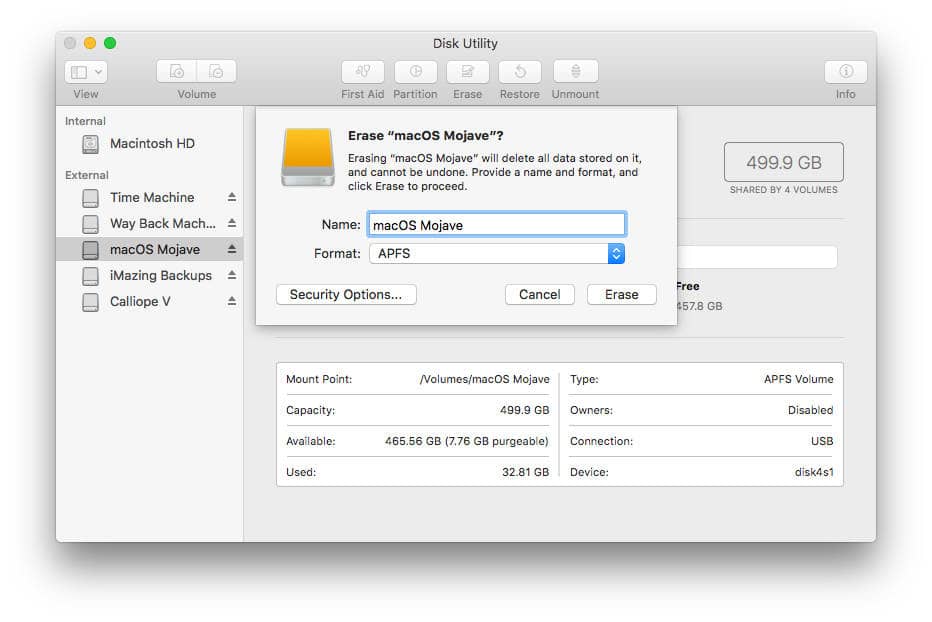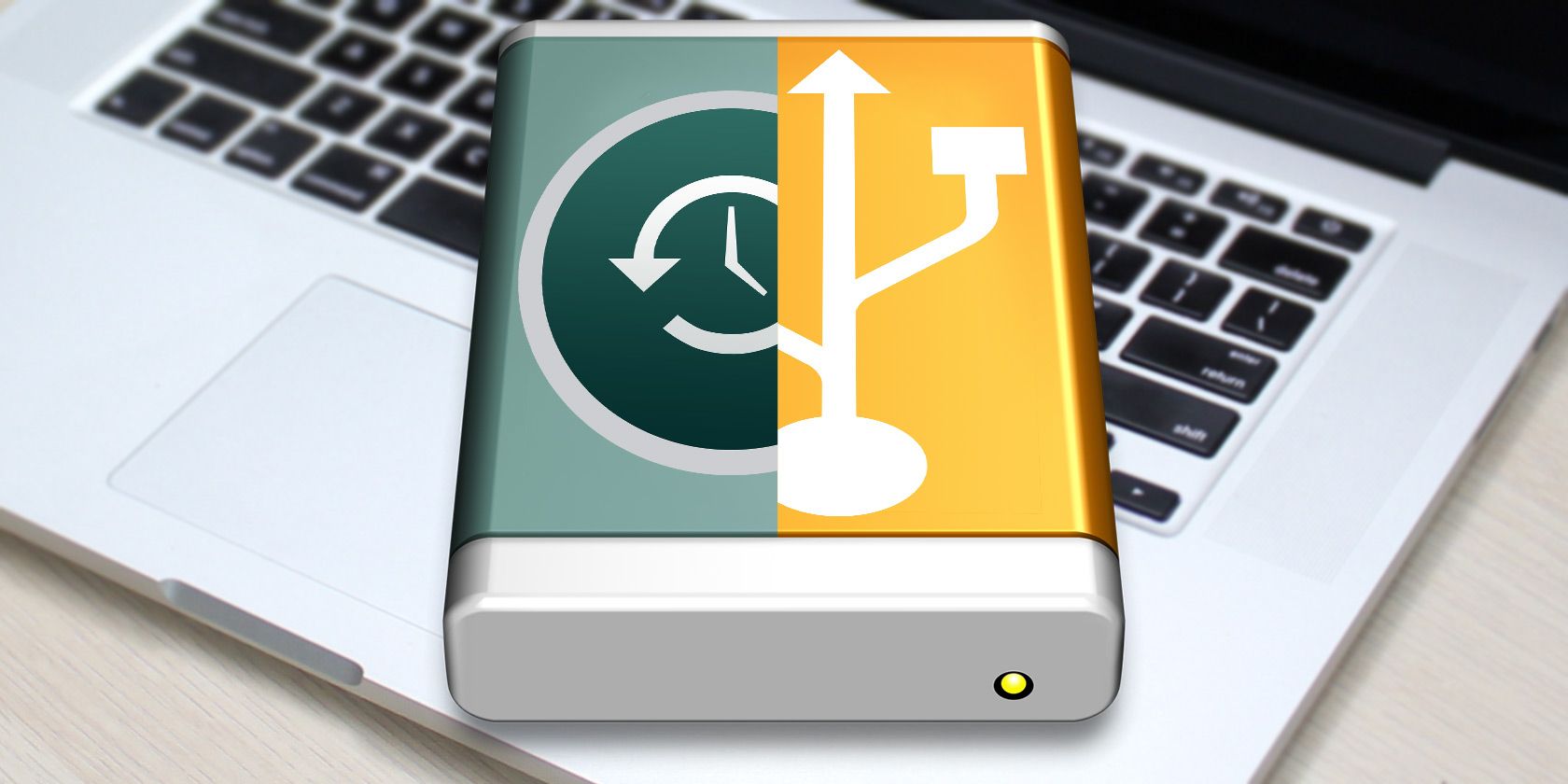


Follow these directions to get your drive formatted for the Mac. WARNING: Formatting the drive will erase all data on the drive, so you should copy any data you want off the drive prior to formatting.Occasionally you may purchase a drive that comes pre-formatted for use on Windows and will need to erase it to use properly on the Mac. If APFS is not available then the drive is in MBR and not GUID Partition Map.

NOTE: Make sure that Scheme is set to GUID Partition Map and not Master Boot Record (MBR). Check step 2 to confirm Disk Utility is Showing All Devices NOTE: If you don’t see Scheme, then make sure that all devices are showing and the non-indented entry is selected.

Note: If you would prefer a video tutorial of these steps instead, please click the thumbnail below. IMPORTANT: Reformatting the drive will erase all data on the drive, so you should copy any data you want off the drive prior to formatting. Click here to see other formatting options for your operating system.Looking for a different formatting option? If you need to go between macOS and Windows then format your drive ExFAT APFS does not natively work with Windows.Starting with Big Sur, APFS is now the default for Time Machine.APFS is only available when Scheme is set to ‘GUID Partition Map’, APFS will not be shown when Scheme is set to Master Boot Record – See Step 6.APFS is not officially supported for macOS versions prior to 10.13 (High Sierra), and will not mount on 10.12 and earlier.It is important to keep the following in mind when formatting to APFS: Not seeing your version of macOS? Click here to see other versions of macOS and different formatting options.Not sure which version you are using? Click here to determine your version of macOS.IMPORTANT: This article applies to the following macOS version:


 0 kommentar(er)
0 kommentar(er)
